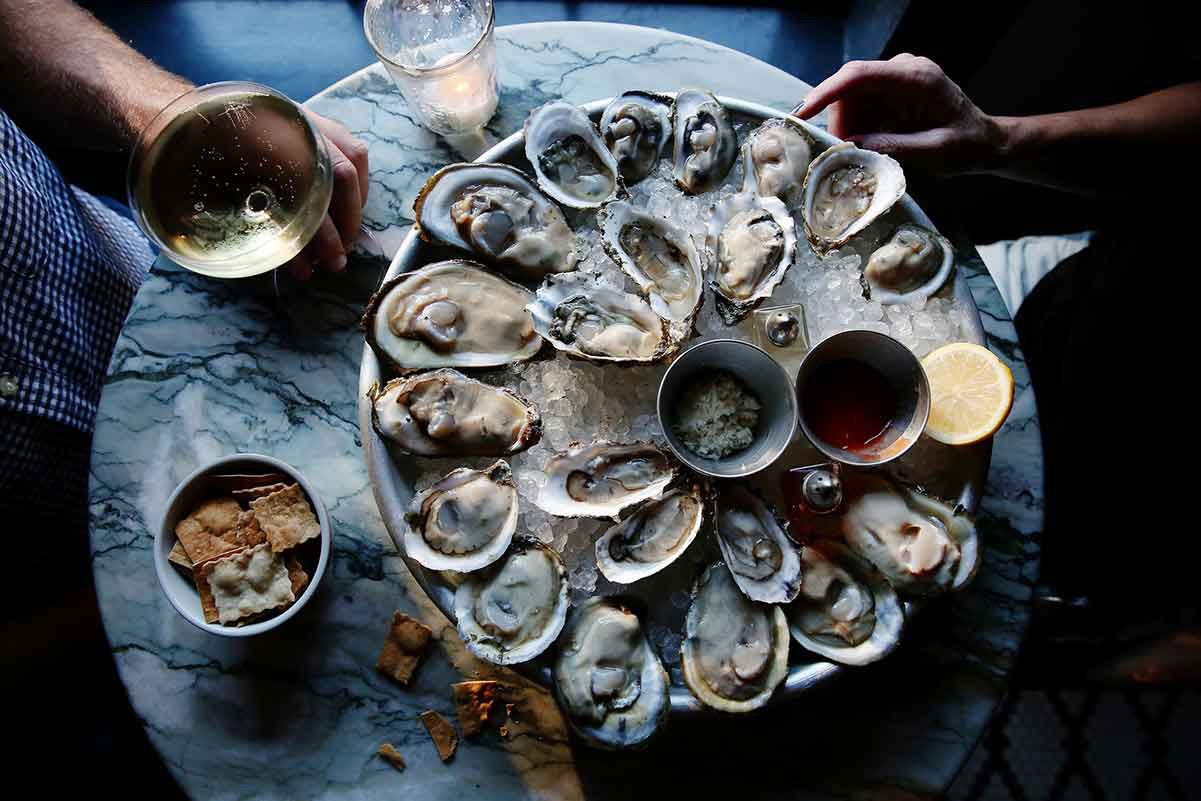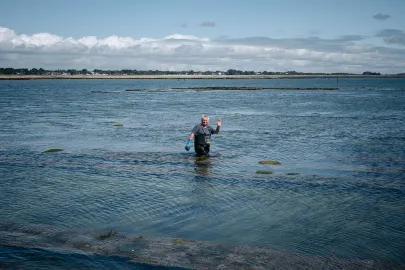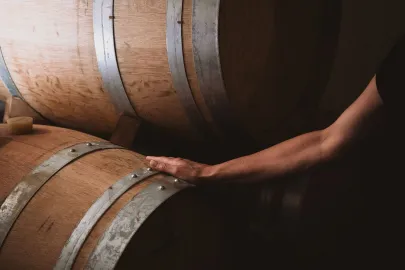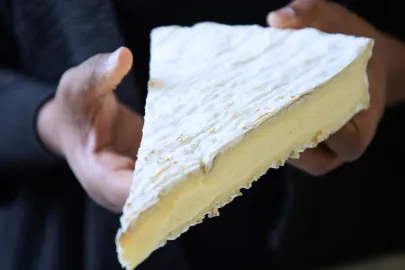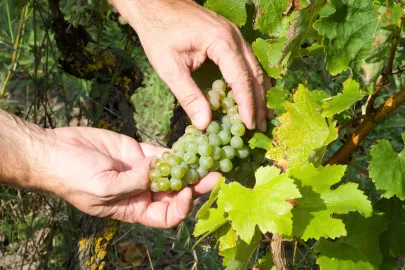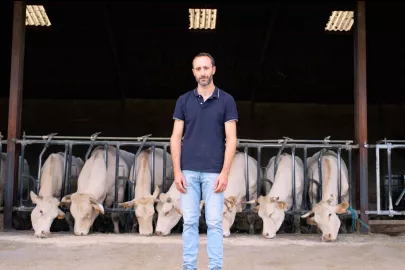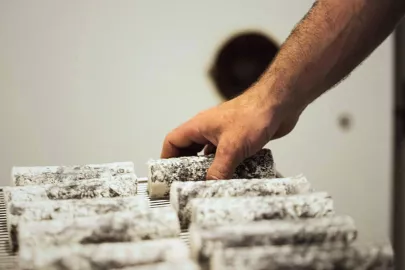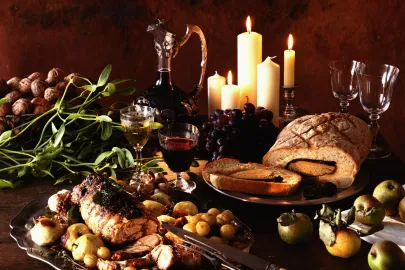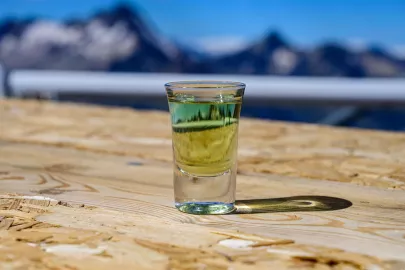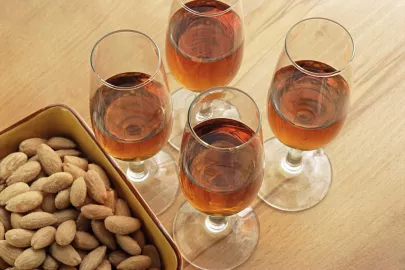A signature of French cuisine, oysters epitomise patience, expertise and the taste of the sea. Behind their iridescent shell, they tell a tale of the sea, terroir and transmission. From northern France to the Mediterranean, artisans such as Philippe Le Gal play a key role in preserving this fragile yet vital living heritage.
They are born in the secret of the tides, raised to the rhythm of the wind and the seasons, and finish up on our tables as a symbol of French taste – oysters, what else? Produced the length of the country's coastline, from the Hauts-de-France in the north to the Mediterranean in the south, they weave a story of patience, transmission and the balance between people and the ocean. Eating an oyster is like tasting a piece of the coast, a part of the ecosystem and a signature of the French marine landscape.
Representing the French art of living
In no other country do oysters feature as prominently as in France. Both a popular product and symbol of refinement, oysters transcend eras and social classes. Whether perched at an informal counter or seated at the white tablecloths of a luxury restaurant, they are savoured with the same bracing, sharp taste of iodine.
“Oysters are a culinary delicacy, almost a luxury. They're sometimes referred to as the champagne of the sea,” outlines Philippe Le Gal, a shellfish farmer from Vannes. This isn't an overused expression – just like the French sparkling wine, oysters are a symbol not only of celebration but also of precision and excellence. Behind their apparent simplicity, they require time, hard work and constant attention.

Around 80,000 tonnes are produced annually in France, making oyster farming a pillar of the coastal economy and a highly skilled craft revered worldwide. Each region has its own unique signature. From the mild Fines de Claire from Charente, nutty Belons from Brittany and crunchy Spéciales from Utah Beach and the Arcachon Basin, to oysters from the Atlantic and Mediterranean coasts, they all present differently in terms of salinity, texture and sweetness.
A living, seasonal and diverse food item
Contrary to popular belief, oysters are not just for winter or celebratory meals. The tasting experience changes in line with the seasons – salty and light in summer, oysters become more meaty and powerful as the water cools. In summer, pair them with a glass of white wine at the water’s edge, and in winter, they are best enjoyed on platters at large family gatherings. “There’s a place for oysters all year round,” insists Philippe Le Gal.
And the best way to prepare an oyster, without doubt, is to keep things as simple as possible – on its own, just opened, still imbued with the taste of the sea. Chefs often add their own twist, preparing them in various ways including smoking, baking or seasoning with Asian spices or snail butter. Oysters are like chameleons and lend themselves to all preparations, provided their essence remains intact.
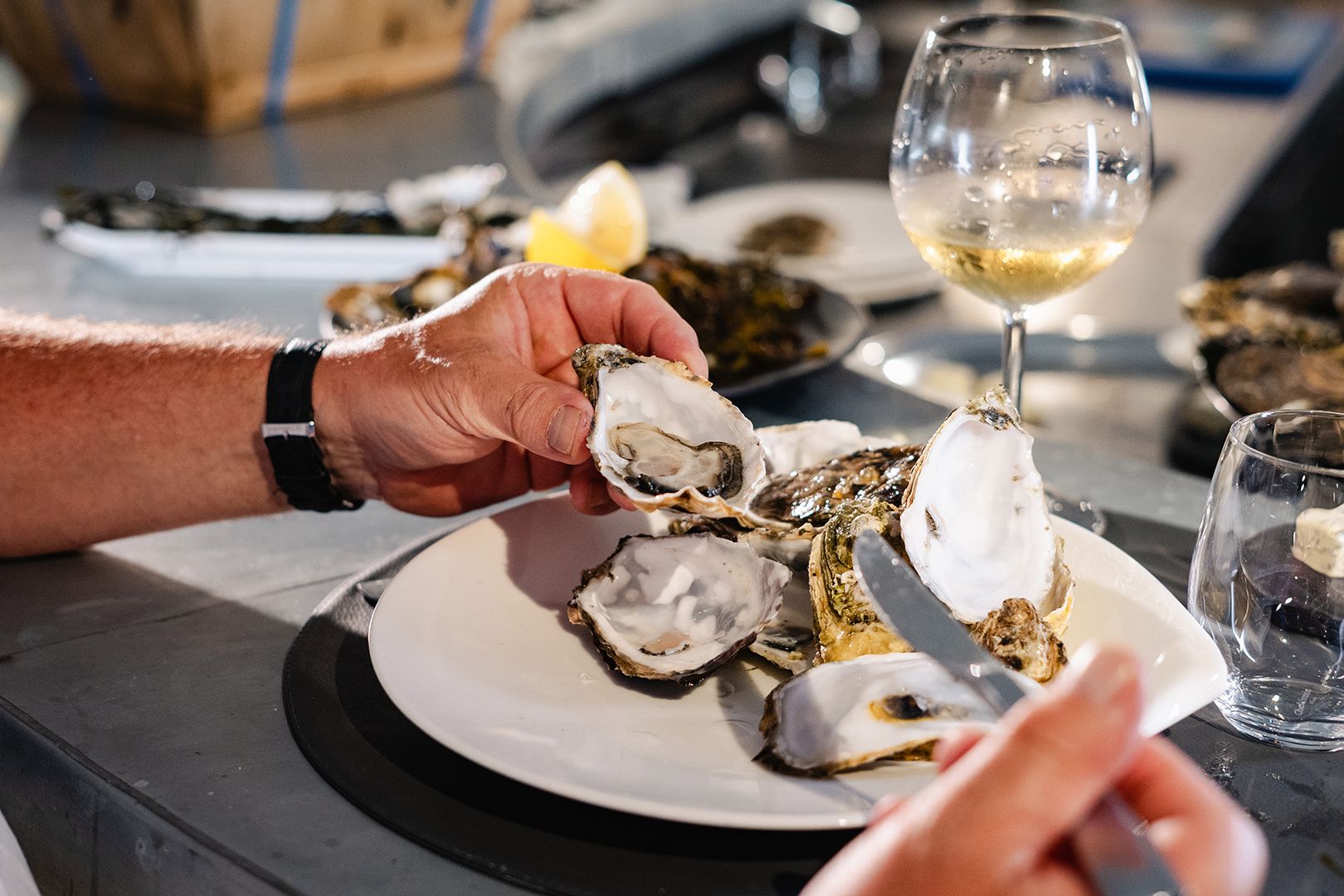
Watchkeepers of the sea
But behind their pearlescent flesh, oysters are a valuable ecological indicator. Their health reflects that of the sea more generally. Fragile and sensitive both to water quality and temperature fluctuations, they react to even the slightest imbalance in the marine environment. “We have to be extremely vigilant about the quality of our environment. The water must be healthy to guarantee healthy oysters,” explains Philippe Le Gal.
Farms are shifting their focus to more in-depth analysis and monitoring, with oyster farmers becoming involuntary shorekeepers. Climate change is adding further complexity to their task due to increasing temperatures, thermal stress and algae growth – various challenges that require constant adaptation. Protecting oysters is about much more than just food produce; it involves preserving a fragile balance between land and sea.
A changing profession
In Vannes on the Morbihan coast, Philippe Le Gal maintains this vital link between people and the ocean as part of his role as Chair of the Comité National de la Conchyliculture (CNC), France's national shellfish farming organisation. Hailing from a long line of shellfish farmers, he established his own farm in 1991. Every day he patiently sorts, grades and turns the oysters alongside his team. They have to wait three years until the oysters are ready.
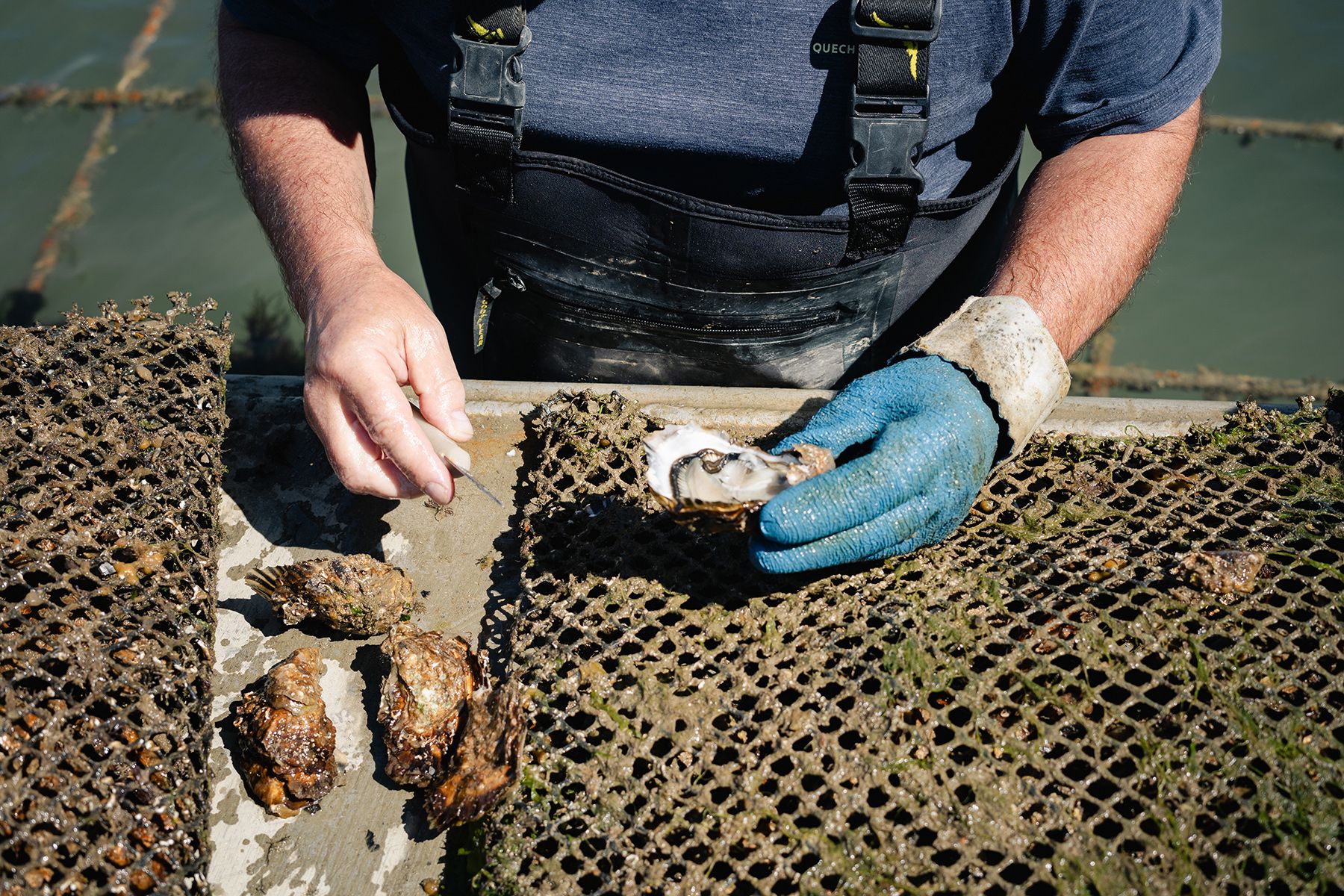
“Shellfish farmers are farmers of the sea,” he states simply. Their job involves specific processes and constant interaction with living creatures. “We handle the oysters on a daily basis. We see them grow and sort them by size and age. This regular contact allows us to assess their quality and provide them with optimum support.”
In his work, expertise goes hand in hand with sensitivity. Touching and observing the oysters, with the sea giving rhythm to the day. And the ultimate satisfaction: seeing people’s eyes light up when they taste the oysters.
The taste of time and transmission
Philippe Le Gal doesn't just practise his trade; he feels a sense of responsibility for it. By sharing skills, training successors and cultivating patience, he perpetuates a tradition that spans generations. “It’s a demanding job, but it offers close contact with nature. And if you're invested, it has great earning potential.”
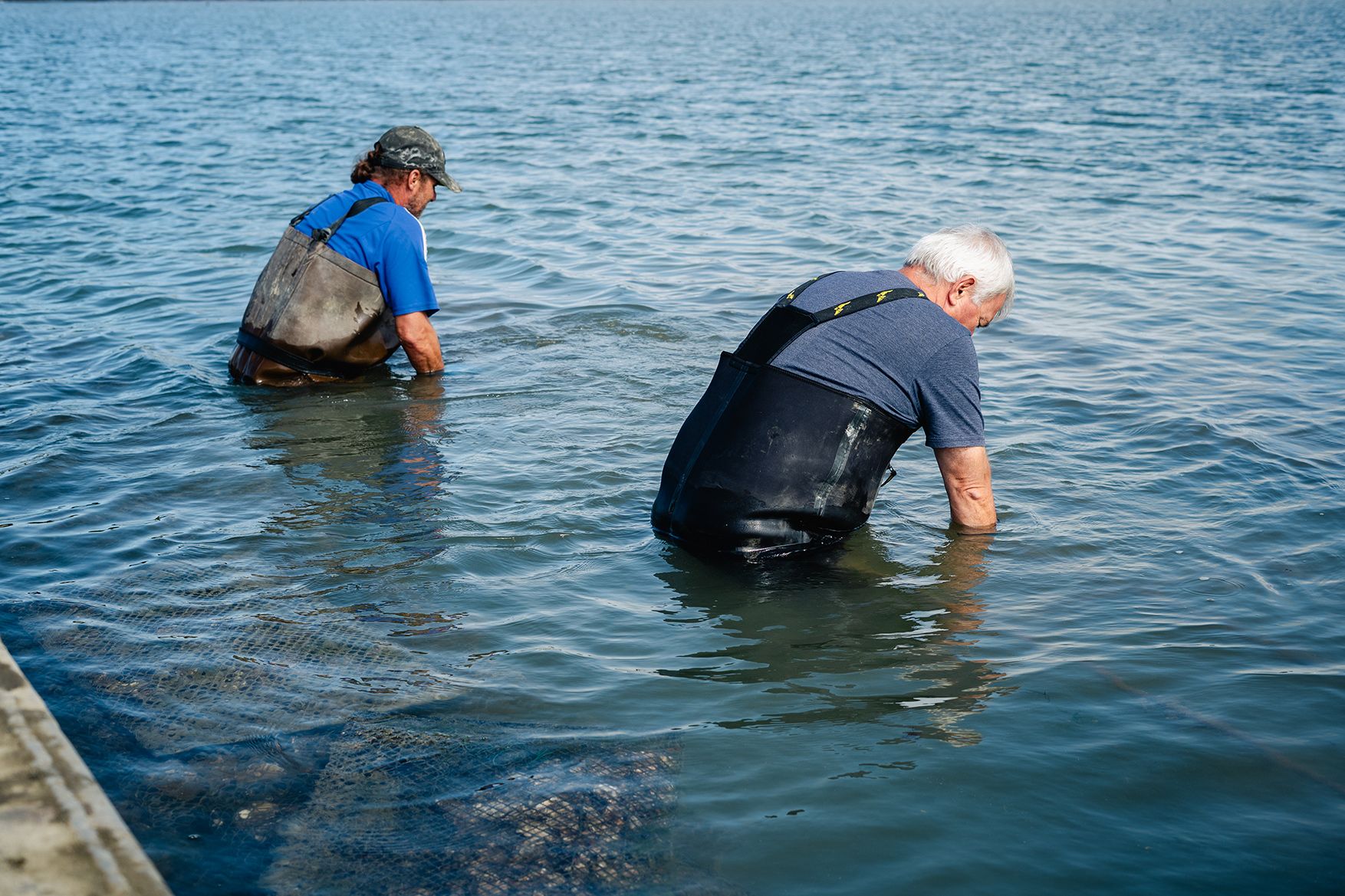
In today's busy world where the term sustainability is talked about without always being implemented, French oysters remain a quiet example of balance: a slow foodstuff, deeply rooted in its cultural origins and shaped both by natural cycles and the hands of those who cultivate it.
And perhaps, ultimately, that is the fabulous destiny of oysters: bringing together the sea and the table, tradition and modernity, as well as the taste for a job well done and an unmistakable mouthful of the ocean.



